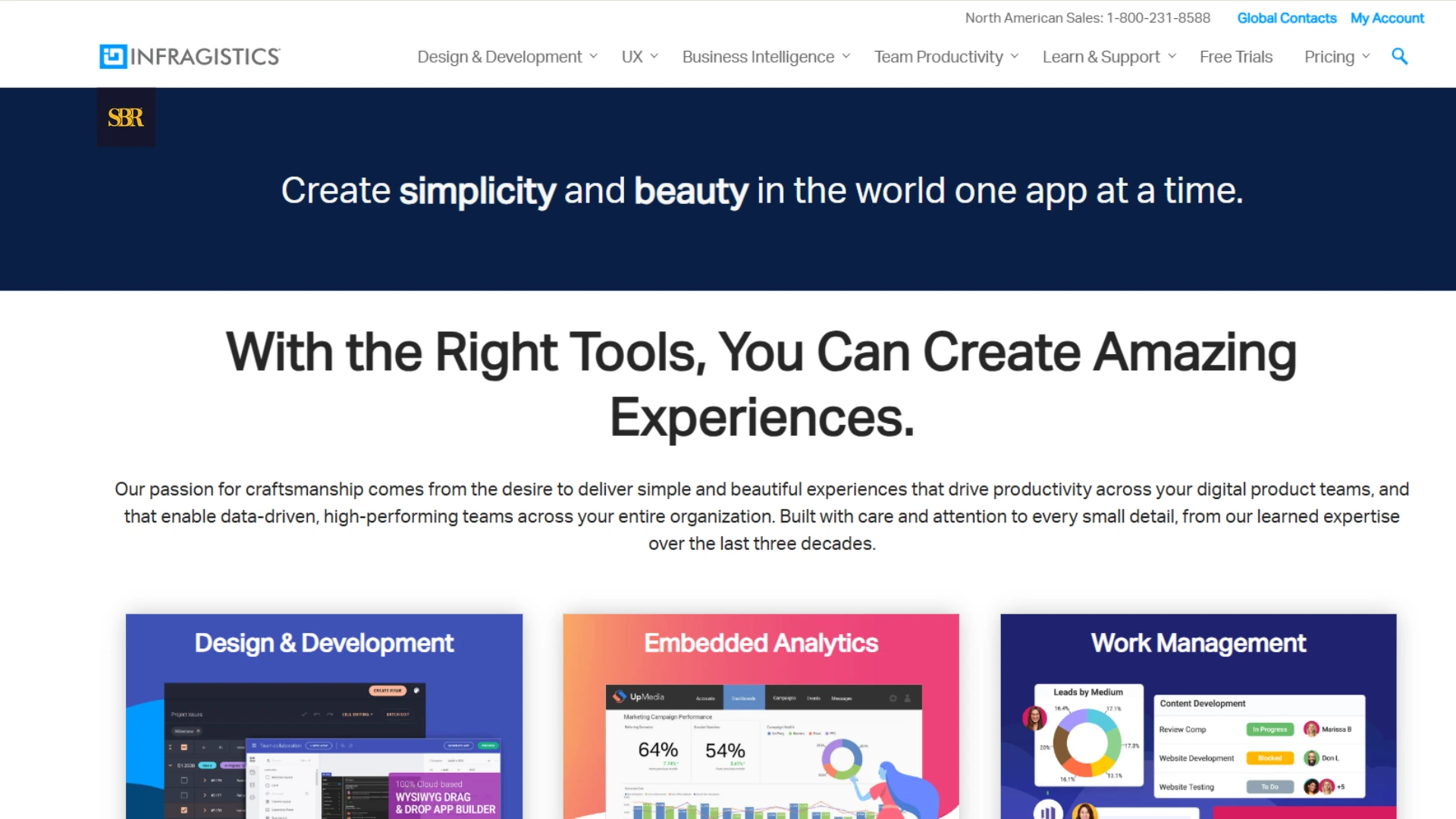The retail price is the final amount a consumer pays for a product when purchasing it from a retailer. It encompasses the total cost incurred by the retailer, including the wholesale cost, operational expenses, and the desired profit margin.
Components of Retail Price
Wholesale Cost: This is the price at which a manufacturer sells goods to retailers in bulk. It forms the foundation of the retail price.
Operating Costs: Retailers factor in various operational expenses, such as rent for physical stores, utilities, employee wages, marketing costs, and other overheads.
Profit Margin: The profit margin is the percentage of the retail price that contributes to the retailer's profit. It is added to cover costs and generate revenue.
Pricing Strategy
Competitive Pricing: Retailers consider the prices set by competitors to determine where their products fit in the market and adjust their pricing strategy accordingly.
Market Research: Thorough market research helps retailers understand consumer preferences and price sensitivity, guiding them in setting prices that align with market demands.
Consumer Perception
Value Perception: Retailers often leverage pricing to influence consumer perceptions of value. Higher prices may be associated with better quality, creating a sense of value for the customer.
Promotions and Discounts
Sales Events: Retailers may reduce retail prices temporarily during sales events to attract customers and stimulate purchases.
Discounts: Various discount mechanisms, such as seasonal discounts, loyalty programs, or bulk purchase discounts, can influence the final retail price.
Dynamic Pricing
Adaptive Pricing: Some retailers employ dynamic pricing, adjusting prices based on real-time factors such as demand, inventory levels, or competitor pricing.
Legal and Regulatory Aspects
Price Regulations: In some industries, there may be regulations governing pricing practices to ensure fair competition and consumer protection.
Online vs. Brick-and-Mortar
E-commerce Considerations: Online retailers may have different cost structures, logistics, and competitive landscapes than traditional brick-and-mortar stores, impacting how they set retail prices.
Value-Added Services
Differentiation: Retailers may include value-added services in the retail price, such as extended warranties, customer support, or exclusive access, to differentiate themselves in the market.
Understanding the intricate details of retail pricing is vital for retailers to navigate the complex landscape of consumer expectations, market dynamics, and competitive forces. Successful pricing strategies require a delicate balance between covering costs, generating profits, and providing perceived value to customers.















